Garlic Pepper Seasoning: The Ultimate Flavor Hack You Never Knew You Needed!
If you’ve ever stared into your spice rack like it owes you money, wondering which combination will finally turn that weeknight chicken breast from 'meh' to 'marvelous,' then this is your lucky day. Today, we're diving headfirst into the bold, beautiful world of garlic pepper seasoning — a dynamic duo that’s been quietly running the flavor show behind the scenes.
We’ll break down what makes this blend tick, how to use it like a pro, and why you might just want to replace half your spice cabinet with it (we kid, but also… maybe not). Whether you’re a seasoned chef or a culinary newbie with a microwave and ambition, this guide has something for you.
Table of Contents
- What Exactly Is Garlic Pepper Seasoning?
- Why It Works: The Science Behind the Flavor Explosion
- How to Use Garlic Pepper Seasoning Like a Flavor Ninja
- Homemade vs. Store-Bought: Which One Wins the Flavor Fight?
- Pro Tips: Make Your Taste Buds Sing Without Breaking a Sweat
- Common Mistakes to Avoid (Yes, Even Pros Mess This Up)
- Final Thoughts: Why Garlic Pepper Seasoning Deserves a Lifetime Achievement Award in Flavor
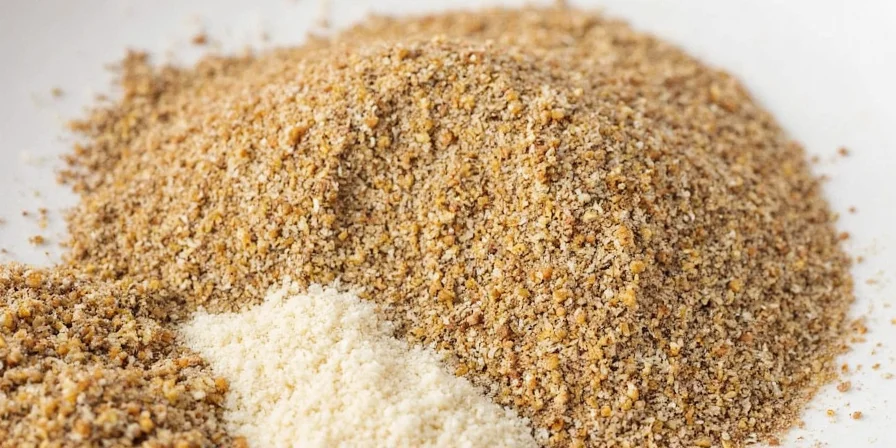
What Exactly Is Garlic Pepper Seasoning?
At its core, garlic pepper seasoning is exactly what it sounds like — a blend of garlic (usually in powdered form) and black pepper (freshly ground or coarsely cracked). But don’t let its simplicity fool you; this combo punches way above its weight class when it comes to adding depth, heat, and aromatic complexity to everything from grilled meats to roasted vegetables.
What Makes It Special?
- Bold aroma: Garlic brings that unmistakable earthy punch, while black pepper adds a spicy kick that lingers on your tongue.
- Umami boost: Both ingredients are rich in natural compounds that enhance umami — the elusive fifth taste that makes food feel more satisfying.
- Versatility: From marinades to finishing salts, this seasoning plays well with others (except maybe ice cream… probably).
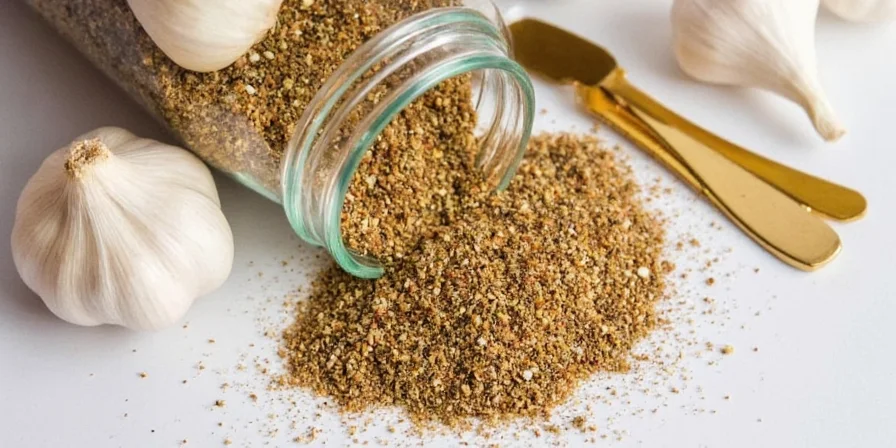
Why It Works: The Science Behind the Flavor Explosion
You might be thinking, “It’s just garlic and pepper — how special can it be?” Well, grab your lab coat and goggles because we’re about to get a little science-y (but keep it fun, we promise).
The Flavor Chemistry
Garlic contains a compound called allicin, which gives it that signature pungency. When crushed or chopped, garlic releases enzymes that create those deliciously intense flavors. Meanwhile, black pepper owes its bite to piperine — a compound responsible for that sharp, slightly floral heat.
When these two powerhouses combine, they don’t just sit there awkwardly like strangers at a wedding. No, they team up and do some serious flavor magic:
- Synergy: The sulfur compounds in garlic amplify the volatile aromatics in pepper, making each bite smell richer and taste bolder.
- Balancing act: While garlic leans savory, pepper adds brightness. Together, they strike that perfect balance between earthy and spicy.
Why It’s Not Just About Taste
Garlic and pepper aren’t just good for your taste buds — they’ve got some health cred too! Garlic is known for its antimicrobial properties and potential heart benefits, while black pepper boosts the absorption of nutrients (especially curcumin in turmeric — so go ahead and pair them if you’re feeling fancy).
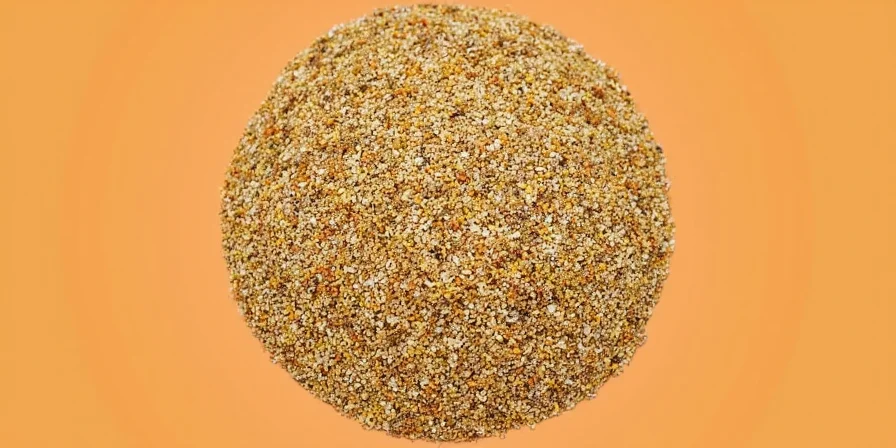
How to Use Garlic Pepper Seasoning Like a Flavor Ninja
This seasoning isn’t just for sprinkling over grilled steak — though that works perfectly fine. Here’s how to unlock its full potential across your cooking adventures:
1. Meat Marination Magic
Combine garlic pepper seasoning with olive oil, soy sauce, and a splash of lemon juice for a quick marinade that elevates chicken, beef, or pork. Let it sit for at least 30 minutes before grilling or roasting.
2. Vegetable Perfection
Toss roasted carrots, Brussels sprouts, or zucchini with garlic pepper seasoning and a drizzle of olive oil. Roast until golden and caramelized — your veggies will thank you.
3. Soup & Stew Enhancer
Add a pinch to simmering broths or hearty stews during the last 15–20 minutes of cooking. It enhances depth without overpowering other flavors.
4. Popcorn Upgrade
Melted butter + garlic pepper seasoning = gourmet popcorn with zero effort. Warning: addictive.
5. Seafood Boost
Brush garlic butter over grilled shrimp or salmon and sprinkle with freshly cracked black pepper for a restaurant-level finish.
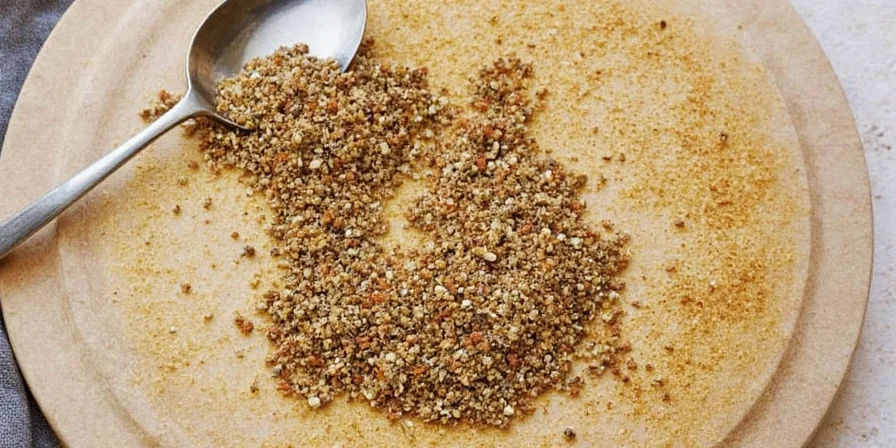
Homemade vs. Store-Bought: Which One Wins the Flavor Fight?
Let’s settle this once and for all. Here’s a handy comparison table to help you decide:
| Aspect | Homemade Garlic Pepper Seasoning | Store-Bought Garlic Pepper Seasoning |
|---|---|---|
| Flavor | Fresher, customizable, and more vibrant | Predictable, sometimes bland or overly salty |
| Ingredients | Only what you add — no preservatives | Odds are it contains anti-caking agents and additives |
| Cost | Cheap if you already have garlic and pepper | Usually affordable, but bulk buying helps |
| Convenience | Requires a few minutes and a mortar or spice grinder | Instant access, ready to use |
| Customization | You control the ratio and texture | Limited to pre-made blends |
Verdict:
For maximum freshness and flavor, homemade is king. But if time is your enemy or you’re new to the spice game, store-bought is still a solid choice — just read labels carefully.
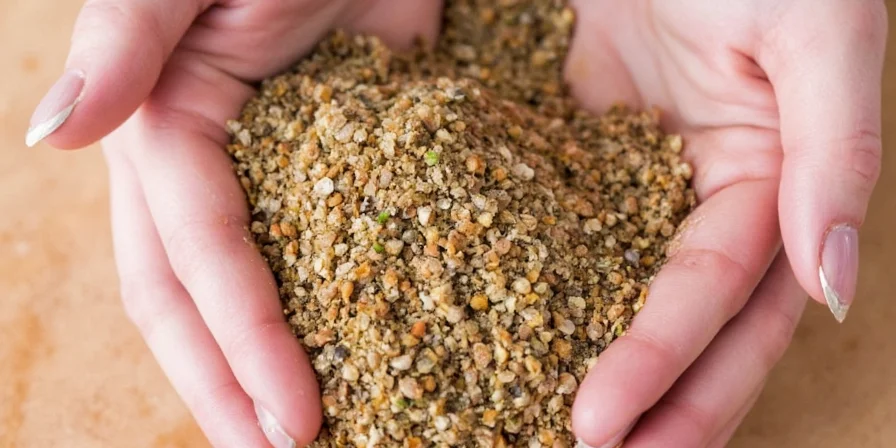
Pro Tips: Make Your Taste Buds Sing Without Breaking a Sweat
Want to take your garlic pepper seasoning skills to the next level? These pro tips will have you sounding like a Michelin-starred genius:
- Use fresh-ground pepper: Whole peppercorns lose their punch quickly once ground. Grind as needed for optimal flavor.
- Toast garlic first: Lightly toast garlic flakes or powder before blending with pepper to bring out nutty, caramelized notes.
- Add acid to brighten: A squeeze of lemon juice or vinegar after seasoning lifts the whole dish — think of it as giving your spices a megaphone.
- Don’t overdo it: Less is more. Start with a small amount and adjust gradually. Nobody wants to cry from garlic tears mid-dinner.
- Pair wisely: Garlic and pepper love herbs like rosemary, thyme, and oregano. They also play nicely with citrus zest and chili flakes.
Common Mistakes to Avoid (Yes, Even Pros Mess This Up)
Even seasoned chefs can fall into flavor traps. Here’s what NOT to do:
- Overseasoning: It’s easy to go overboard. Remember, you can always add more later — you can’t take it back.
- Using old spices: Old garlic powder loses potency, and stale pepper tastes like dust. Replace every 6–12 months.
- Mixing before tasting: Don’t assume the pre-made blend is perfect. Always taste before using — you may want to tweak it.
- Ignoring texture: Coarse pepper is great for rubs, but might not work in sauces. Adjust grind size accordingly.
Final Thoughts: Why Garlic Pepper Seasoning Deserves a Lifetime Achievement Award in Flavor
In a world full of complicated spice blends and fleeting food trends, garlic pepper seasoning remains a timeless classic. It’s simple, powerful, and adaptable — like the Swiss Army knife of your spice drawer.
Whether you make your own or buy it off the shelf, don’t underestimate the flavor fireworks this humble duo can deliver. From roasted veggies to popcorn, this seasoning has your back (and your taste buds’ backs too).
So next time you reach for that shaker, remember: you’re not just adding flavor — you’re unlocking centuries of culinary wisdom, one pinch at a time.
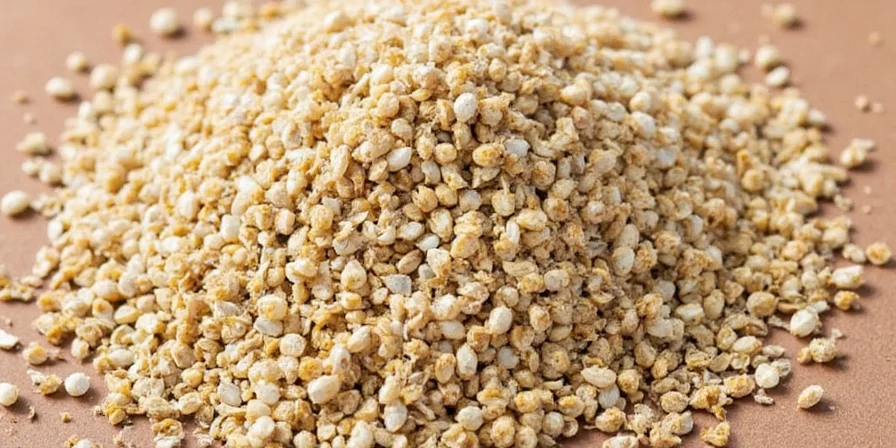

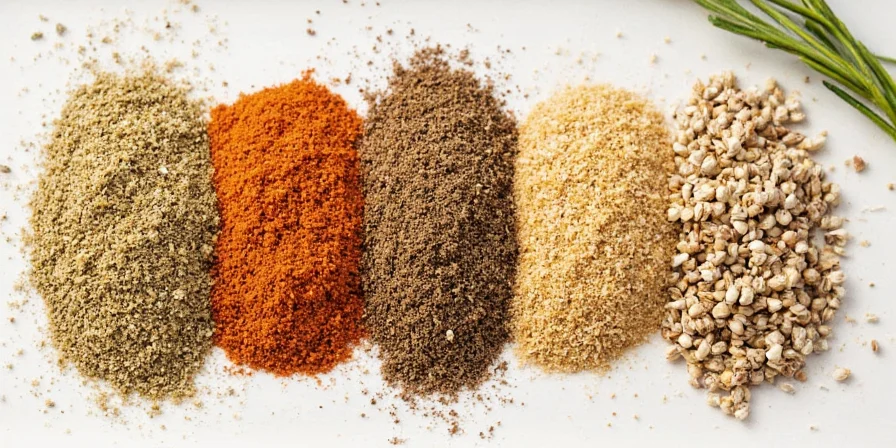









 浙公网安备
33010002000092号
浙公网安备
33010002000092号 浙B2-20120091-4
浙B2-20120091-4